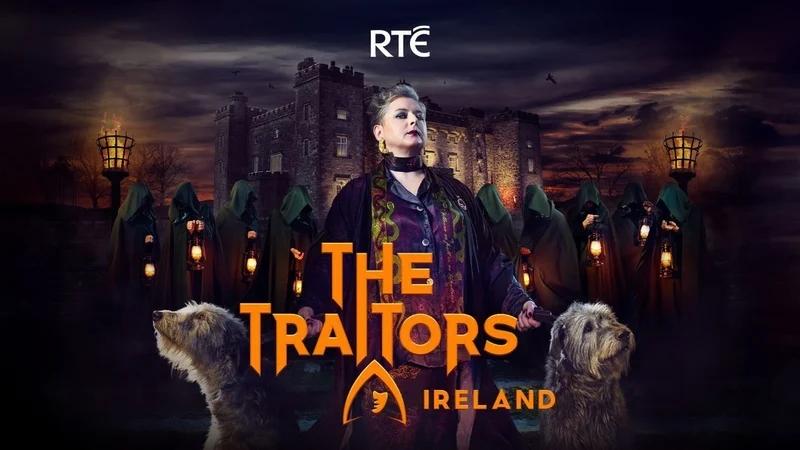When The Traitors Ireland landed in the Boyne Valley, the show didn’t just pick any backdrop — it chose settings rich in story, power, and myth. In this post, we journey through some of the historic sites spotlighted on screen (and nearby), peeling back layers of time to see how these places shaped the past — and continue to stir the imagination.
Slane Castle: The Grand Stage
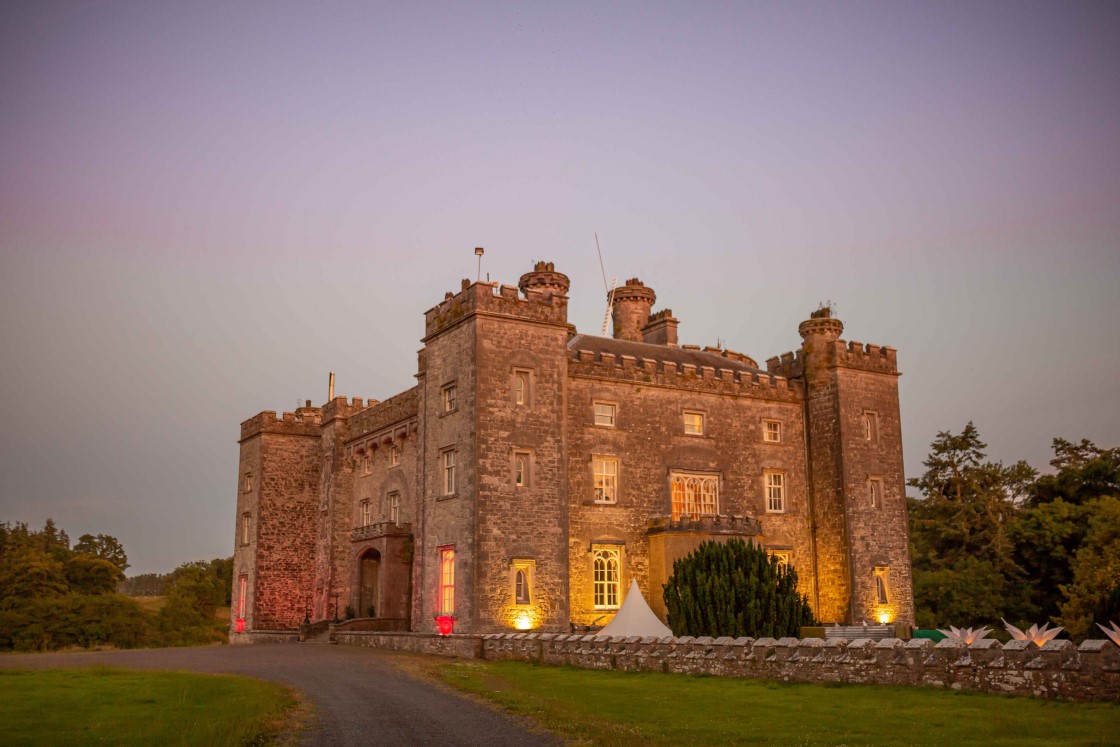
One of the most visible landmarks in the show is Slane Castle. The producers selected it for its imposing presence and scenic grounds.
Built in the late 18th century in Gothic Revival style, it became the family seat of the Conyngham family. Over the years, Slane Castle has become synonymous not just with aristocratic living, but with music and culture — it’s hosted legendary concerts (U2, The Rolling Stones, etc.), making it a living, evolving landmark. On The Traitors, it provided the dramatic setting for high-stakes deliberation scenes — its ballrooms, staircases, and cellars all lent gravity and tension to the narrative.
When you walk its halls, you’re treading on centuries of power, intrigue, and performance. The castle’s grandeur underscores how physical places carry symbolic weight — perfect for a show about trust, betrayal, and hidden agendas.
Tours of the Castle are available when booked in advance. Find out more on their website here.
Spire of Lloyd, Kells
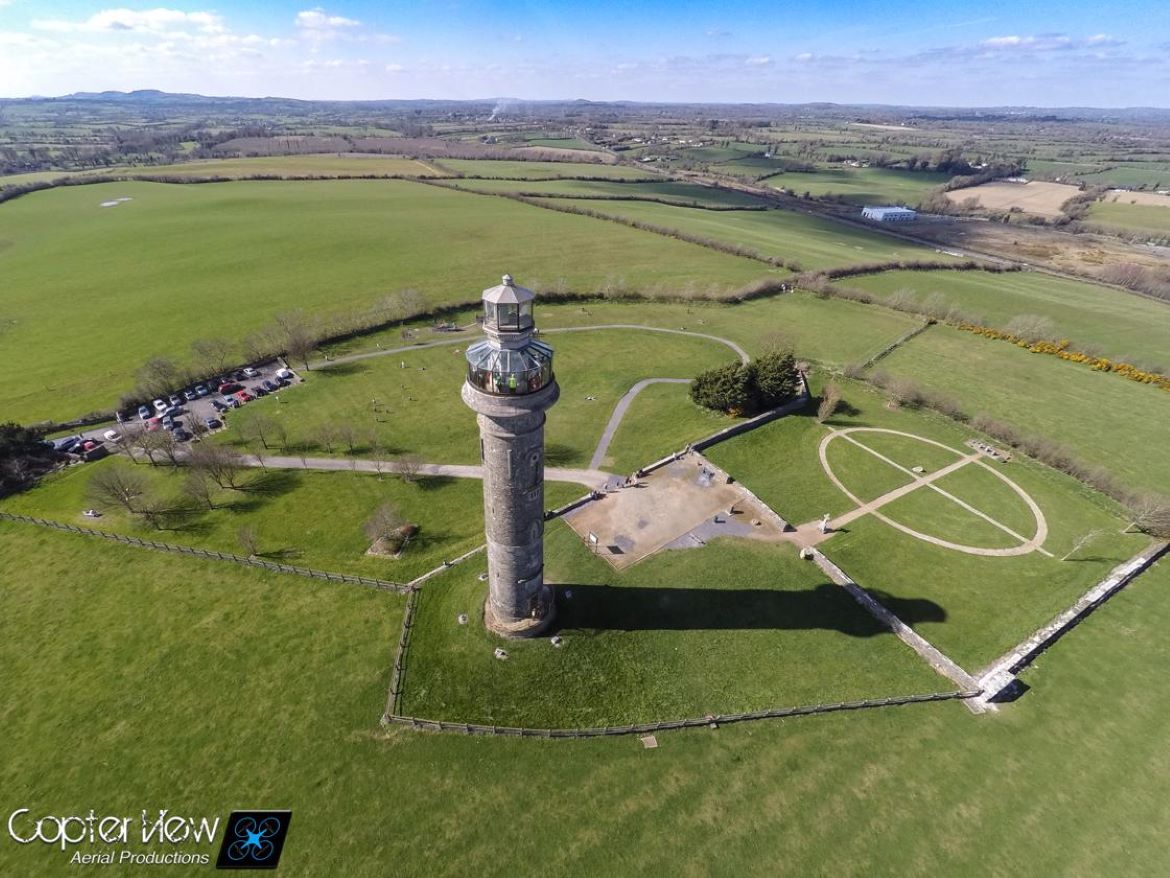
Another standout location used in The Traitors is the Spire of Lloyd just outside Kells.
Built in 1791 as a memorial (by Henry Aaron Baker) for Lord Headfort’s father, it has 164 spiral steps and was, interestingly, intended as an inland “lighthouse.” Beneath its 18th-century stone, the spire sits atop an Iron Age ring fort — and geophysical surveys suggest that this site may be even older, possibly dating to the Bronze Age.
The site also bears layers of mythology: Queen Maeve is said to have encamped here en route to the epic Táin Bó Cúailnge. Today, guided tours run (seasonally) to let visitors climb the spire and explore the surrounding People’s Park and walking trails. Find out more here.
In the show, the Spire is used not just as a scenic spot but also to heighten tension — a physical climb, a lookout, a place with vertical stakes. But for visitors, it’s also a portal through time: a place where ancient fort and 18th-century monument intersect.
Slane Distillery
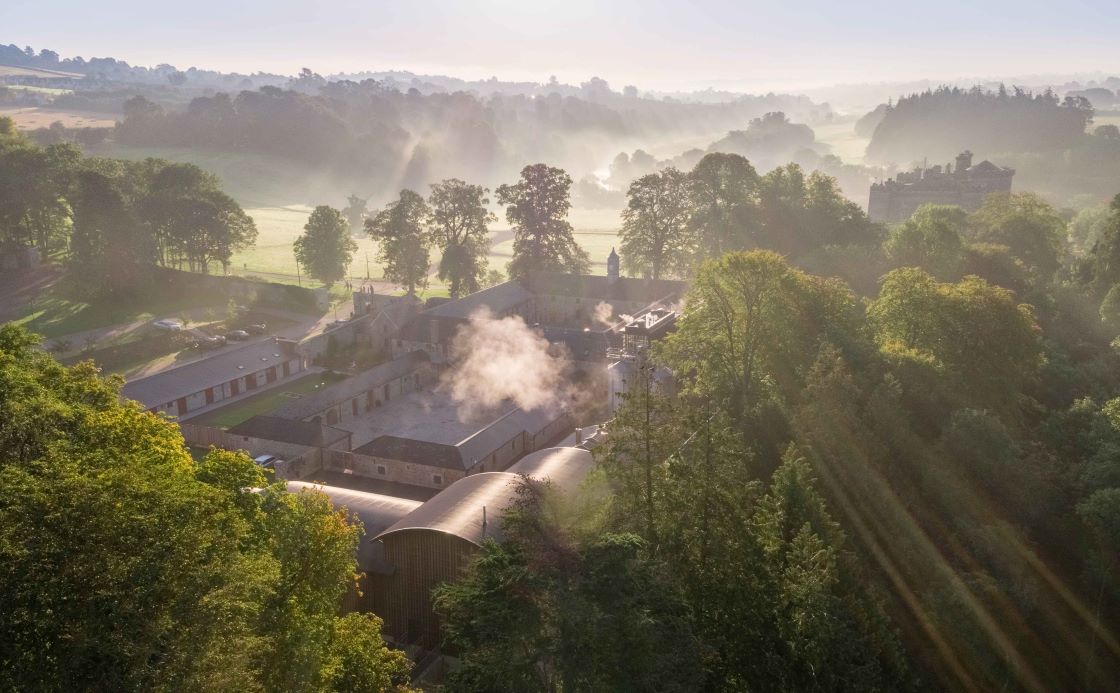
The destination for some of the challenges, Slane Distillery is situated just beside Slane Castle and was once part of the main estate. Whether you’re a seasoned connoisseur or simply looking to try something fun, experiencing history, tasting samples and crafting cocktails, it’s all yours when you book a Slane Irish Whiskey distillery tour. Find out more here.
The Hill of Slane & River Boyne
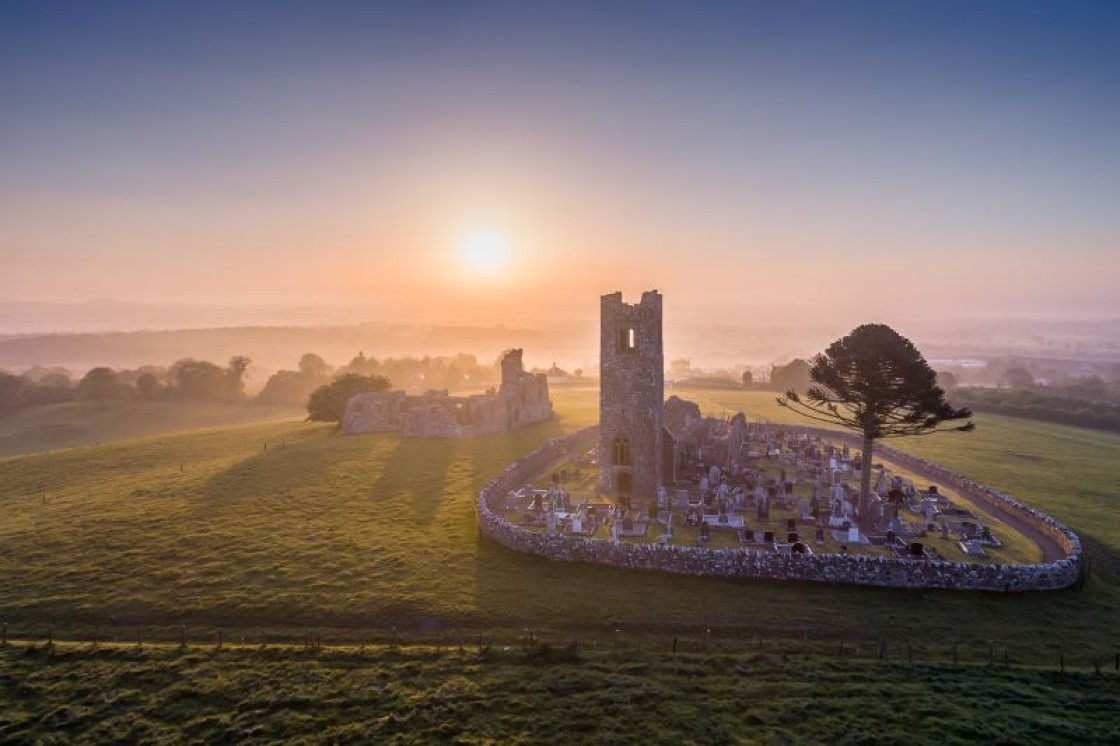
While much of the show’s drama concentrates in the castle grounds, other parts of the Boyne Valley crop up — including the Hill of Slane and the River Boyne.
The Hill of Slane is steeped in myth and early Christian tradition: famously, St. Patrick is said to have lit the Paschal fire there, challenging pagan authority on Tara’s doorstep. You can visit the Hill of Slane all year round.
The River Boyne flows through this landscape as both literal backdrop and symbolic “thread” linking sites across time. In The Traitors, waterborne challenges and movement along its banks tie in with the show’s themes of progress, journey, and hidden paths.
When you visit, allow pauses by the river, walks along its banks, and lingering on the slope of Slane — the same land that has carried myths, politics, and now television drama.
When you strip back the television spectacle, these places are more than scenic backdrops — they are characters in their own right.
In conclusion, The Traitors Ireland didn’t just bring contestants to the Boyne Valley, it brought us closer to the land’s echoes. When the cameras fade, the stone, earth, and river remain — waiting to be explored, remembered, and retold. Plan your visit here today.
Sign up to our newsletter here and stay up to date with everything happening in The Boyne Valley.
